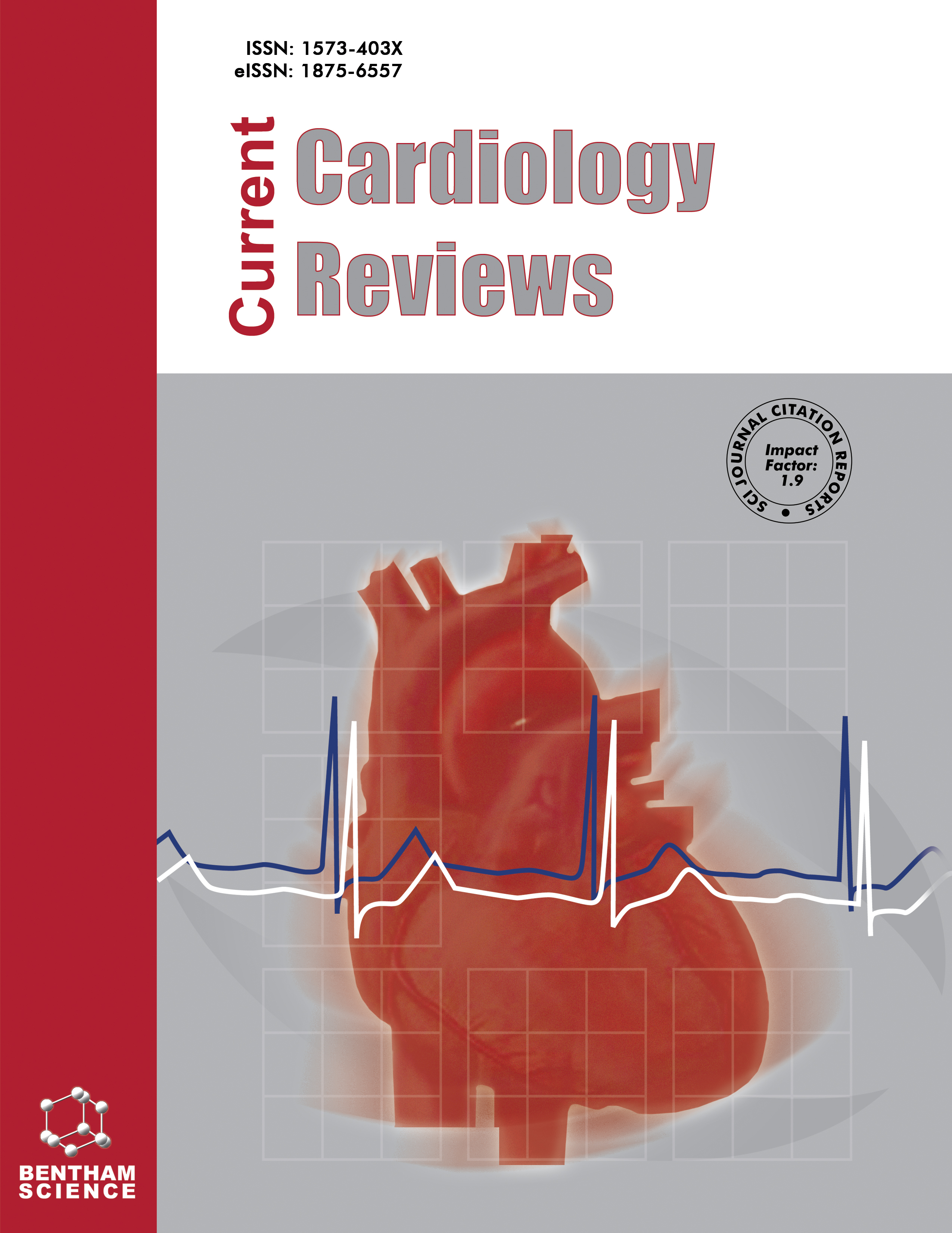
Full text loading...
We use cookies to track usage and preferences.I Understand
Atherosclerosis and associated cardiovascular diseases are the leading causes of illness and mortality worldwide. The development of atherosclerosis is a complex process involving oxidative stress, surplus lipid deposition and retention, endothelial dysfunction, and chronic inflammation. Developing novel anti-atherogenic and repurposing existing drugs requires the use of suitable animal models to characterise the fundamental mechanisms underlying atherosclerosis initiation and progression and to evaluate potential therapeutic effects. Commonly used rodent models, however, are not always appropriate, and other models may be required to translate these discoveries into valuable preventive and treatment agents for human applications. Recent advances in gene-editing tools for large animals have allowed the creation of animals that develop atherosclerosis faster and more similarly to humans in terms of lesion localisation and histopathology. In this review, we discuss the major advantages and drawbacks of the main non-rodent animal models of atherosclerosis, particularly rabbits, pigs, zebrafish, and non-human primates. Moreover, we review the application of recently invented novel therapeutic methods and agents, and repurposed existing drugs (such as antidiabetic and anticancer) for atherosclerosis treatment, the efficacy of which is verified on non-rodent animal models of atherosclerosis. In total, the proper selection of a suitable animal model of atherosclerosis facilitates reproducible and rigorous translational research in repurposing of existing drugs, discovering new therapeutic strategies, and validating novel anti-atherosclerotic drugs.

Article metrics loading...

Full text loading...
References


Data & Media loading...

